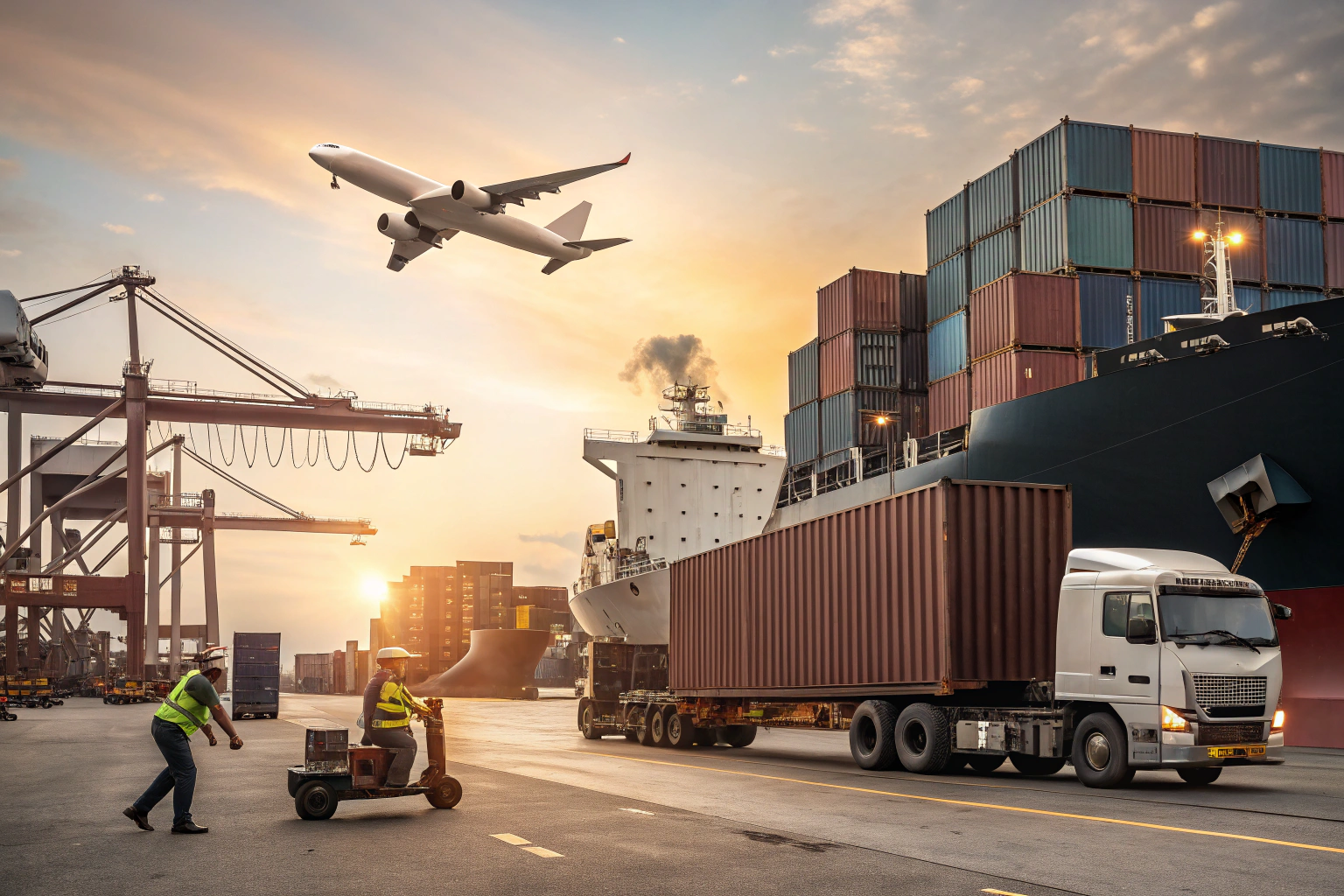When people discuss international shipping, the first thing they mention is often the stress of customs and unpredictable costs. Paperwork, duties, and delays can turn a simple order into a frustrating experience. Many business owners just want their goods picked up in China and delivered safely to their door in the U.S. or Europe without having to worry about every step.
This is why door-to-door DDP (Delivered Duty Paid) shipping has become one of the most reliable solutions. The freight forwarder or seller takes full responsibility—from factory pickup to customs clearance and final delivery—so the buyer avoids hidden charges and complicated procedures.
For importers like Ron in the United States, who brings in large volumes of clothing and gifts, this method is not just convenient, it’s a way to save time and protect profit margins. Let me walk you through how this service actually works.
What Is DDP Shipping?
DDP, or Delivered Duty Paid, is a trade term where the seller or freight forwarder handles nearly every step of the shipping process. From pickup at the factory to delivery at the buyer’s warehouse overseas, all duties, taxes, and customs are managed by the provider.
In simple terms, DDP means the buyer does nothing but wait for their shipment to arrive.
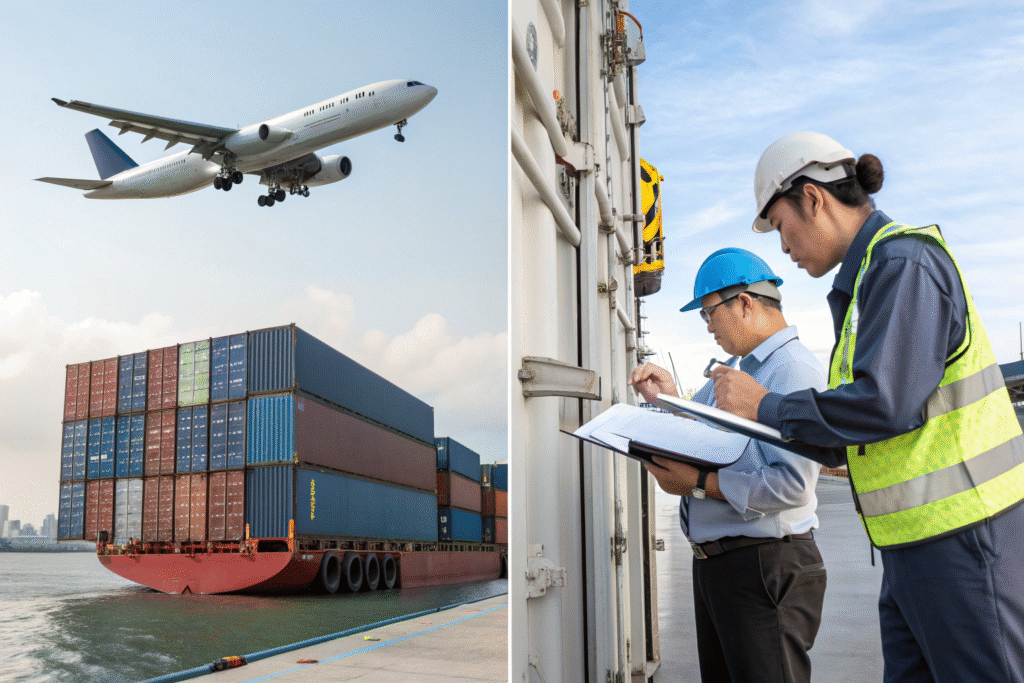
Why Do Importers Prefer DDP?
Many buyers choose DDP because it keeps costs clear and reduces risks. For example, U.S. importers of clothing don’t want surprises with tariffs. With DDP, the freight forwarder covers these expenses. Businesses often compare different Incoterms before making a choice, and DDP usually offers the greatest peace of mind.
How Does DDP Compare to FOB?
Under FOB, buyers take responsibility once the goods leave the origin port. With DDP, responsibility stays with the seller or forwarder until the cargo is delivered to the final address. That’s why many new importers and small businesses prefer DDP—it simplifies the process and saves time.
The Step-by-Step Process of DDP Shipping
I often explain DDP shipping as a clear chain of steps. It begins with the supplier in China and ends at the buyer’s warehouse in the destination country.
At every stage—pickup, export customs, international transport, import clearance, and local delivery—the freight forwarder takes full control.
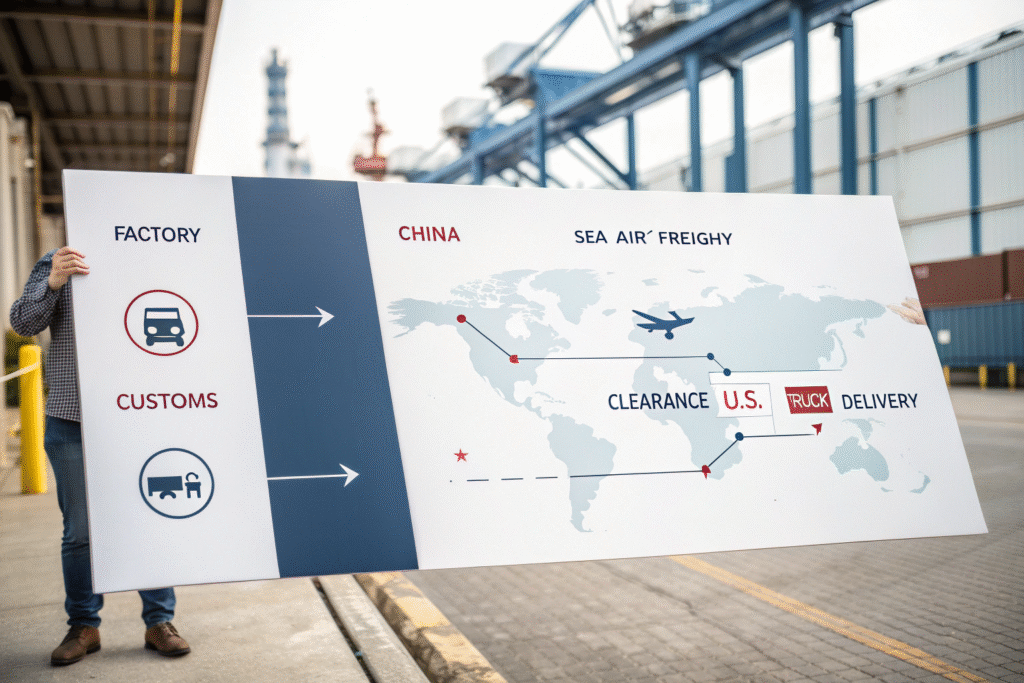
How Are Goods Picked Up in China?
Once the factory confirms the order is ready, we arrange a truck to collect the shipment. We check the packing list, HS codes, and compliance with China Customs. Any mistake here can lead to long delays at the port, so accuracy at this stage is essential.
What Happens During Customs and Transport?
After export clearance, the goods are moved by either sea or air. For urgent orders, we recommend air cargo services, while for large shipments, ocean freight is more cost-effective. When the cargo arrives in the U.S., our partners handle customs clearance, pay duties, and arrange local trucking so the goods reach the warehouse without delays.
Advantages of DDP Shipping
From my experience, importers value DDP shipping for three main reasons: clear pricing, faster timelines, and less stress.
It is designed to make global trade simpler for buyers who don’t want to handle customs or paperwork themselves.
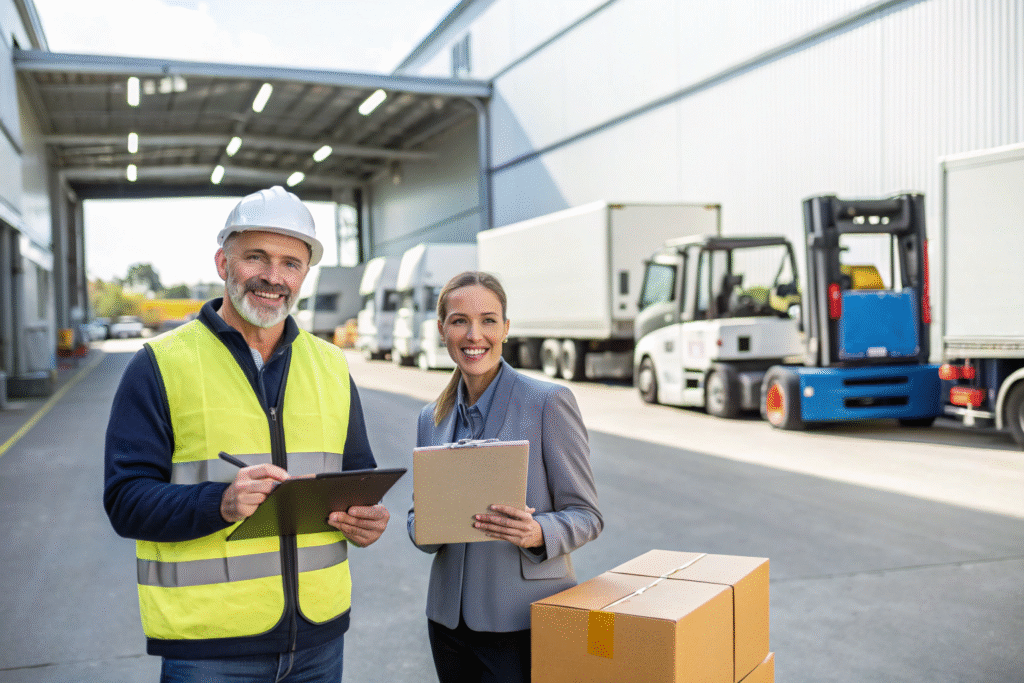
Does DDP Shipping Save Costs?
Yes. Even though the forwarder covers duties and taxes upfront, buyers often save money because they avoid mistakes. For example, late filings or incorrect declarations with U.S. Customs and Border Protection can cost thousands. With DDP, the process is handled correctly from the start.
How Does DDP Improve Efficiency?
Since one company controls the entire chain, there are fewer delays. Buyers don’t need to coordinate with multiple logistics providers. Many of my clients tell me that switching to DDP cut their delivery times by 15–20%. Websites like Freightos also highlight DDP as one of the most reliable shipping options.
Is DDP Shipping Right for Your Business?
Not all businesses need DDP shipping, but for many in apparel, gifts, and consumer products, it offers unmatched convenience.
If you want to save time, avoid customs stress, and keep your costs predictable, DDP might be the right choice.
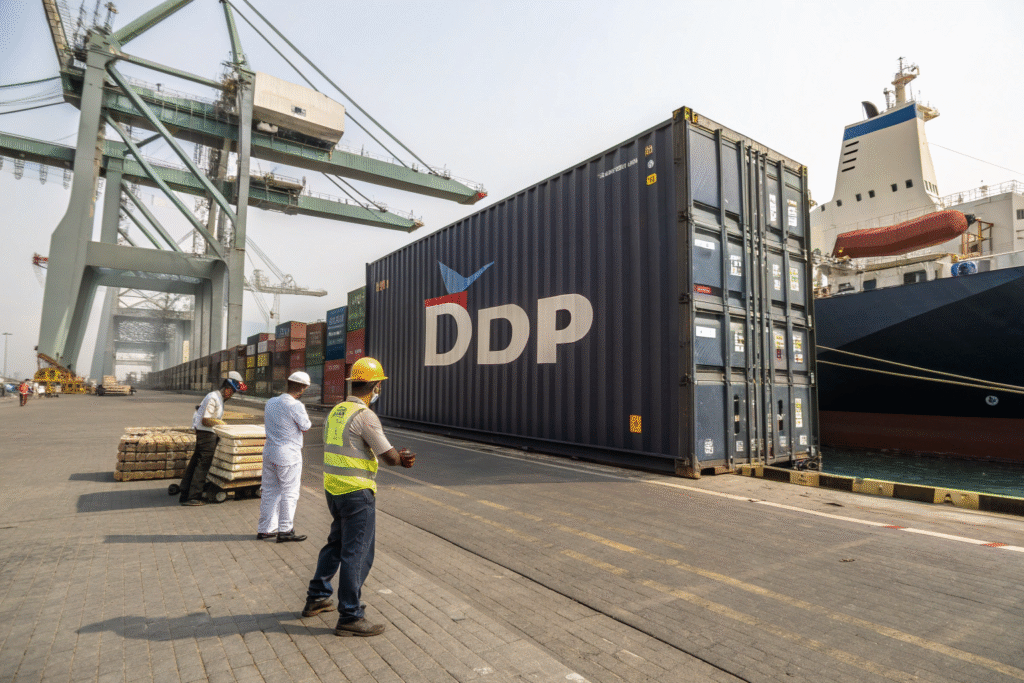
Who Should Use DDP Shipping?
Small and mid-sized importers are the main users. They don’t have dedicated customs teams, so they rely on their forwarder to manage everything. For example, distributors in Los Angeles or New York often prefer DDP because it guarantees smoother deliveries. If you want a second opinion, the International Chamber of Commerce provides helpful guidance on trade terms.
What Risks Should You Consider?
Like any shipping method, DDP has limits. If tariffs in a country are very high, the overall cost may be higher than FOB or CIF. Some larger importers also like to control their own customs clearance for flexibility. Websites such as Shipping and Freight Resource explain these risks in detail and show when DDP may not be the most economical choice.
Conclusion
Door-to-door DDP shipping has become a key solution for importers who need reliable logistics from China to the U.S. or Europe. By letting the forwarder handle every step, buyers save time, avoid stress, and focus on growing their business.
For importers like Ron, who regularly ship large quantities of goods, DDP is more than just a service—it’s a strategy to stay competitive. With clear costs, predictable delivery times, and fewer risks, it continues to be one of the best logistics solutions available for international trade.
